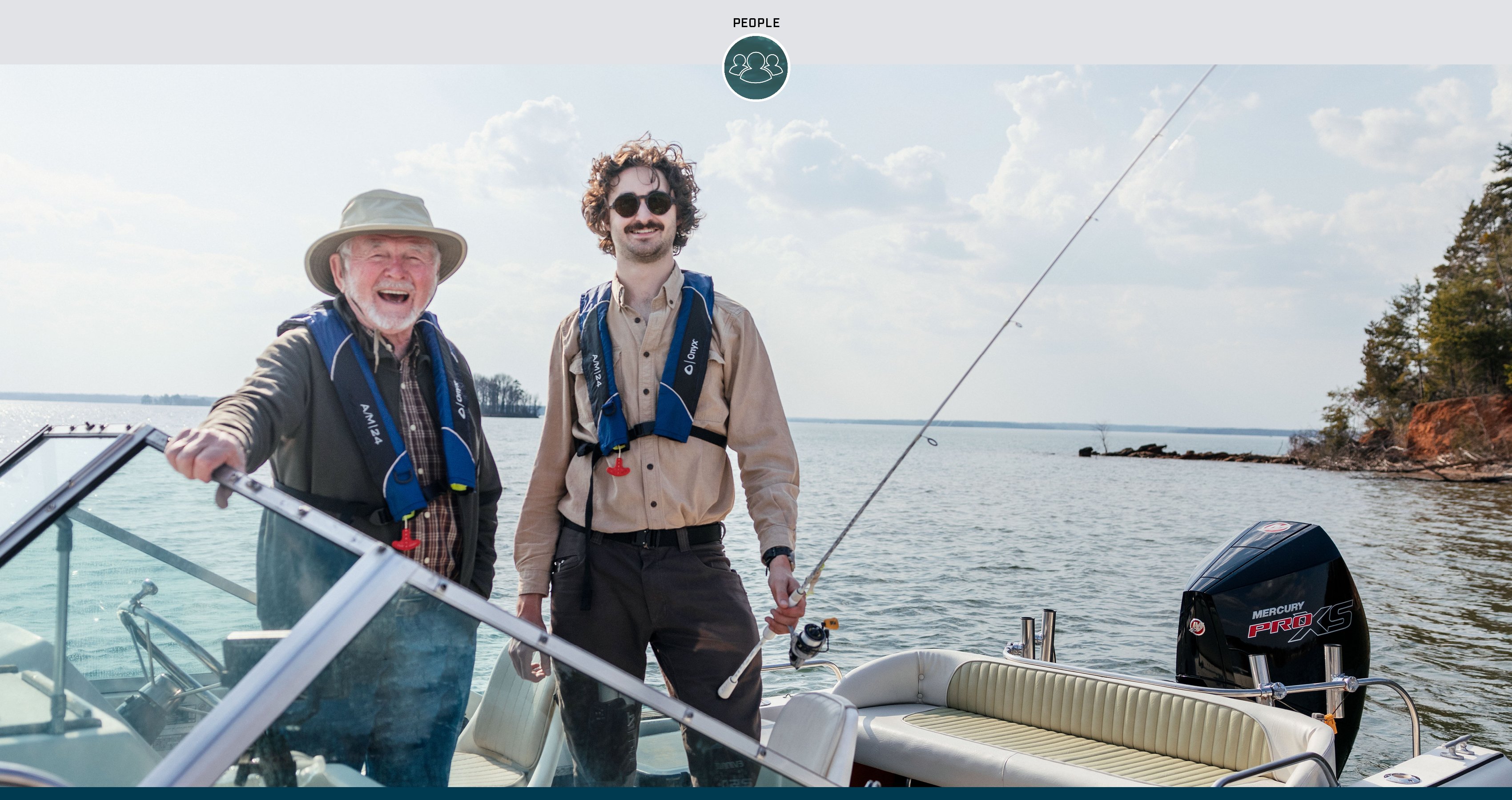Each season, the dog days of summer drive water temperatures to their highest point of the year. With this change comes stagnant, stratified water than can make bass fishing a bit more challenging than in other seasons. Often, bass that were so plentiful in the spring and postspawn seem to disappear during the peak of summer.
If the dog days leave you scratching your head about where the bass go, Mercury Pro Team member Mark Zona says to shift your focus toward bluegills.
“My best advice for finding bass in the hottest times of year goes back to the old saying: ‘Find the bait, find the bass,’” Zona said. “The fish are still there. Bass can’t just flock to the Hamptons for the summer. In fact, bass metabolism rises with the water temperature, so we know they still have to eat.”
Bass in massive, connected lake systems such as the Great Lakes in the North or the current-driven Tennessee Valley lakes of the South may have many forms of summer forage to choose from. But in the other thousands of ponds and lakes across the country, bluegills serve as a primary source of summer forage. Bluegills are known to gang up in large schools in the heat of the summer to feed on insects, larvae, fry, snails, tiny crayfish and leeches.
“If you can find congregations of bluegills in the summer, I promise you there are bass nearby,” Zona says. “Bluegills are the steady diet of the biggest bass in lakes when the temperatures simmer.”
How do you find these bluegill swarms? In this video, the host of “Zona’s Awesome Fishing Show” doles out a few pointers on where to look for bluegills in your lake.
To learn more about Mark Zona or “Zona’s Awesome Fishing Show,” visit MarkZona.com, or check out this Mercury Dockline video.



